Corydoras catfish are one of the most popular tropical freshwater fish in the hobby. But did you know that these cute little guys come in super-tiny size varieties, too? Dwarf corydoras and pygmy corydoras are two miniature types of these sweet little catfish that can be a great addition to a community setup.
Read this guide to the pygmy cory vs dwarf cory to find out the differences between them, their care requirements, and more!
Pygmy Cory vs Dwarf Cory – Quick Overview
Feature
Dwarf Corydoras Catfish
Pygmy Corydoras Catfish
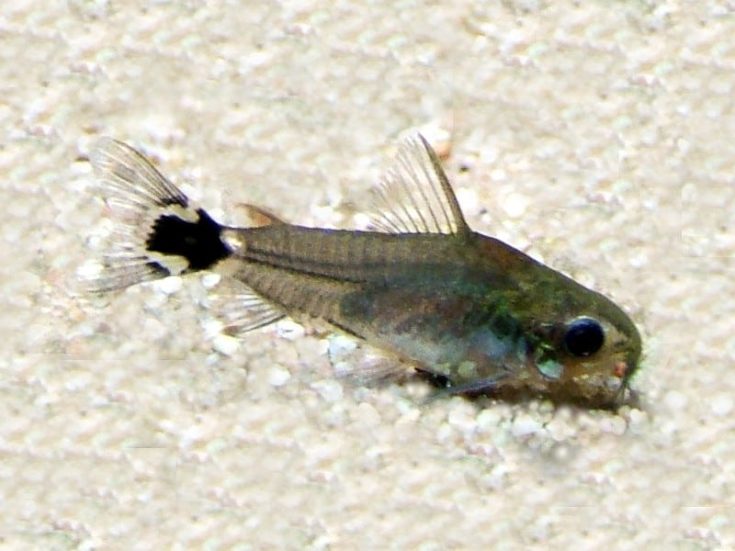
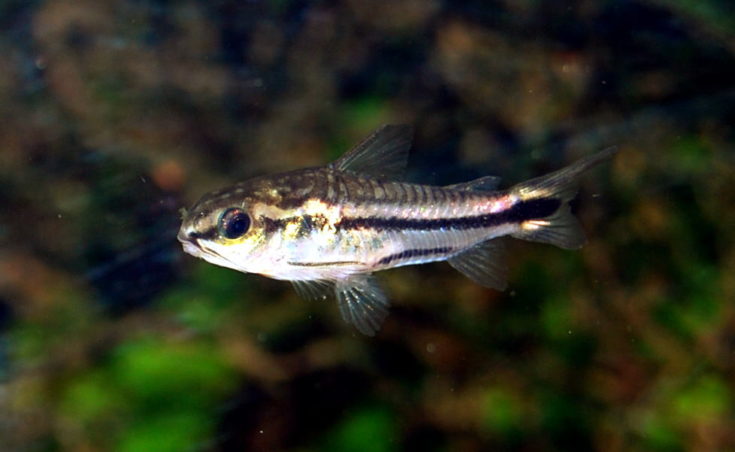
Scientific names
Corydoras hastatus
Corydoras pygmaeus
Size
1.5 inches
1 inch
Min tank size
10 gallons
10 gallons
Diet
Omnivore
Omnivore
Food
Tropical flake, frozen brine shrimp, bloodworms, etc.
Tropical flake, frozen brine shrimp, bloodworms, etc.
Substrate
Sand or soft, fine gravel
Sand or soft, fine gravel
Water conditions
pH range of 6.0 to 7.2
Water hardness below 15 dGH
pH range of 6.0 to 7.2
Water hardness below 15 dGH
Temperature
72°F to 79°F with 75°F to 77°F being optimal
72°F to 79°F with 75°F to 77°F being optimal
Dwarf Corydoras Catfish

Scientific names
Corydoras hastatus
Size
1.5 inches
Min tank size
10 gallons
Diet
Omnivore
Food
Tropical flake, frozen brine shrimp, bloodworms, etc.
Substrate
Sand or soft, fine gravel
Water conditions
pH range of 6.0 to 7.2
Water hardness below 15 dGH
Temperature
72°F to 79°F with 75°F to 77°F being optimal
Pygmy Corydoras Catfish

Scientific names
Corydoras pygmaeus
Size
1 inch
Min tank size
10 gallons
Diet
Omnivore
Food
Tropical flake, frozen brine shrimp, bloodworms, etc.
Substrate
Sand or soft, fine gravel
Water conditions
pH range of 6.0 to 7.2
Water hardness below 15 dGH
Temperature
72°F to 79°F with 75°F to 77°F being optimal
Corydoras Confusion!
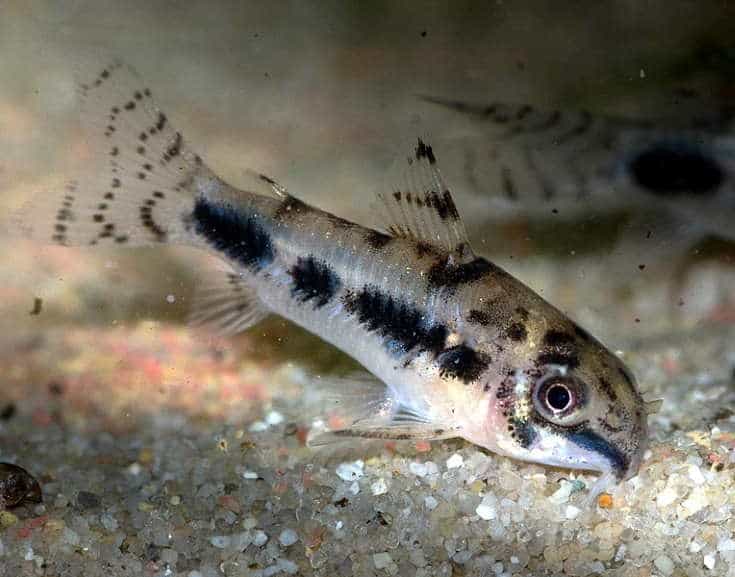
There are three varieties of tiny corydoras catfish, which are often confused with each other and mislabeled in fish stores.
Pygmy Cory
The pygmy cory has the scientific name Corydoras pygmaeus.
Appearance
Pygmy corydoras looks much like any other cory, except that they don’t grow bigger than one inch long. Hence, they are often confused with other small varieties of corys.
The pygmy cory has an unbroken black line running along the whole length of the side of its body. Above the black line, the fish’s body is usually dark gray, while the body below the line is white or cream. Female fish are generally rounder and are generally a little larger than males.
Dwarf Cory

Although they look very similar, dwarf corys are not the same as the pygmy. The dwarf cory has the scientific name Corydoras hastatus and is also sometimes called the tail-spot cory.
Appearance
These little fishes reach around 1.5 inches in length and they have a more elongated body shape than other types of corys.
Dwarf corys have a pale silver body with olive tinges, and some have a light horizontal stripe along their side. These fish also have a distinctive black spot on their tail that’s bordered with a white crescent that gives the fish their common name.
Checker Cory
To add to the corydoras confusion, the Checker cory is also a miniature version of the species and has the scientific name Corydoras habrosus.
These fish grow to around one inch in length, with females generally being slightly larger than males. Although they look very similar to their tiny cousins and are easily mistaken, Checker corys are a different species, although they are often incorrectly referred to as dwarf corys as they look quite similar.
Pygmy Cory vs Dwarf Cory Behavior
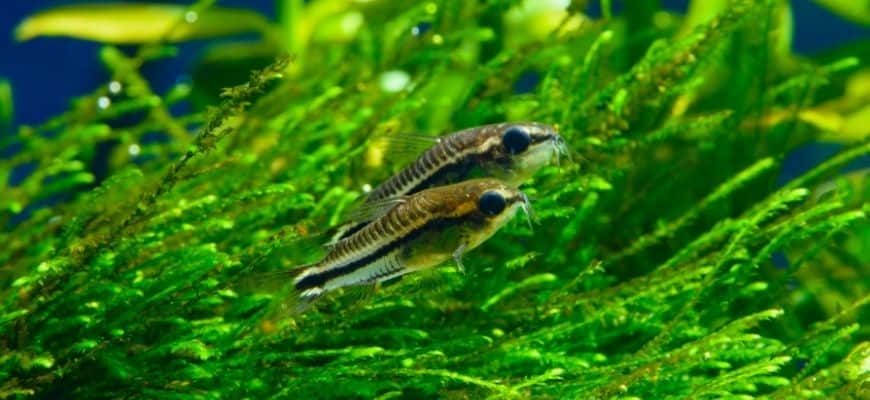
When it comes to behavior, pygmy and dwarf corys are quite similar.
Both are active schooling fishes, spending the whole day cruising the midwater area of the water column in a loose shoal. In contrast, Checker corys prefer to spend their time in small groups of two or three, foraging through the substrate for scraps of food.
Origins And Distribution
Checker corys are found in Venezuela and Colombia, pygmy corys come from Ecuador, Peru, and western Brazil, and dwarf corys are native to Brazil, the Pantanal, and Paraguay.
The habitats in which the fish live vary quite widely, depending on the season and location.
Some areas situated underneath thick forest canopies, and have blackwater, whereas others are open to the sky and the water is clearer. All three species of corys gravitate to areas with soft, sandy or muddy substrates, although some habitats are gravel-bottomed or covered in fallen leaves. Most areas are heavily vegetated with rocks, drift, wood, and fallen branches.
Pygmy And Dwarf Corydoras Aquarium Requirements
Tank Size
Corys are very active fishes that need lots of space and open swimming areas. So, although you can keep a few of these little guys in a 10-gallon tank, I would recommend that you go for a larger setup or around 20 gallons or more. Choose a long tank, rather than a tall one to maximize the swimming space available.
Water Parameters
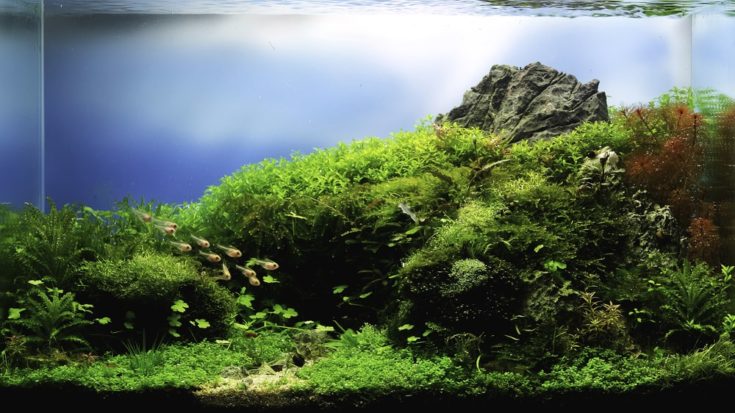
Although both species of mini corydoras will tolerate temperatures between 72° Fahrenheit and 79° Fahrenheit, they do best with a water temperature of between 75° Fahrenheit and 77° Fahrenheit.
Corys prefer soft, acidic water with a pH of between 6.0 and 7.2 and a water hardness of below 15 dGH.
Decoration
Include plenty of dense planting, driftwood, and rocks in the tank, and choose a fine, sandy substrate that the fish can safely forage in without damaging their sensitive barbels. The addition of a few handfuls of dried leaves also helps to replicate the corys’ natural environment.
An efficient filtration system is important, but keep the flow rate to a minimum and buffer it if necessary, as the fish prefer a slow to medium current.
Tankmates
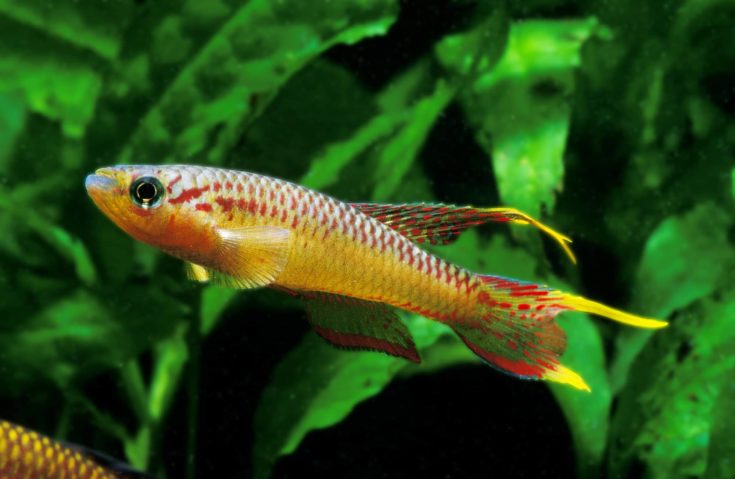
In the wild environment, dwarf corys are found mixing with a pretty diverse group, including guppies, killifish, tetras, and other small catfish. So, shallow-bodied tetras, hatchet fish, other species of regular corydoras, and dwarf suckermouth catfish all make good tankmates for these diminutive fish.
Avoid choosing any large fish species that might try to make a meal of the little corys. These catfish have defensive locking spines and if swallowed could result in a sticky end for both parties.
Nutrition and Diet
All corydoras species are omnivores, enjoying a diet that includes plant and vegetable matter, certain types of algae, and meaty proteins.
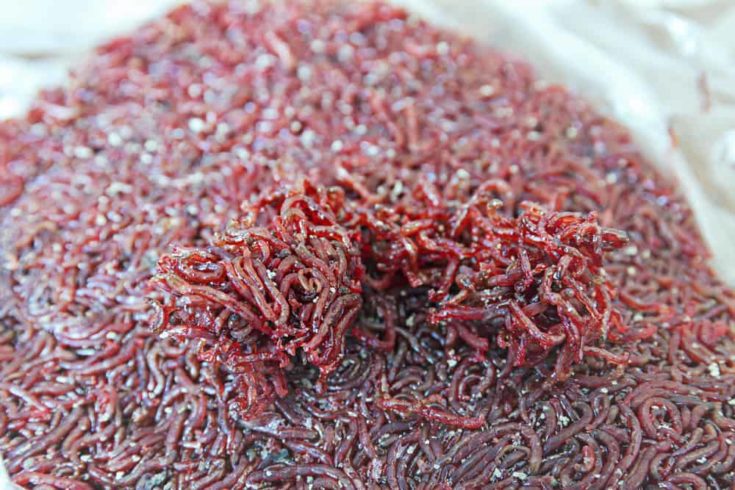
For captive-kept corys, the most convenient choice of nutrition is good quality tropical fish pellets. Pellets are a better option than flakes because they sink to the bottom of the tank where the corys tend to hang out at feeding times. Frozen foods make a good addition to the cory’s diet, especially brine shrimp, insect larvae, and bloodworms.
Feed the fish a couple of times each day, offering just enough to last for a couple of minutes, as corys are tremendous scavengers and will often pick up scraps of food that other fishes in the tank have missed or dropped.
Breeding
When it comes to breeding pygmy and dwarf corys, the process is relatively easy. When given the right conditions, the fish will mate regularly. Provide your fish with a high-quality diet and keep water conditions clean and healthy, and spawning will happen naturally.
During spawning, the female will lay up to 100 eggs, retaining a few in a pouch by her pelvic fin where the male fertilizes them. Once the eggs are fertilized, the female attaches them to a flat surface until hatching.
Remove the parents from the tank to prevent them from eating the eggs, and remove any eggs that develop fungus. When the eggs hatch, feed the fry with infusoria or very finely crushed flake.
In Conclusion
Although the pygmy cory and dwarf cory are often assumed to be the same fish, they are actually completely different species. That said, the care requirements of these two delightful little fishes are so similar that they can be kept together in a community tank with a few other peaceful tankmates.
I hope you enjoyed this guide to pygmy vs dwarf cory. Do bear in mind that these two varieties of the corydoras catfish are often confused and mislabeled in fish stores, so do check carefully before you buy.
If you enjoyed this guide, please share it with your friends, and tell us your thoughts and experiences with pygmy and dwarf corys in the comments box below.
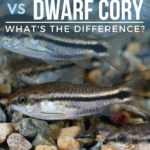
Thanks Alison for a detailed review because I need the smallest Cats because of my 6.6 gal tank. Currently, it is the largest for my space. I will get 2 or 3 as you recommended. I am also looking for a small Algae Eater to join my Betta. Great Job.